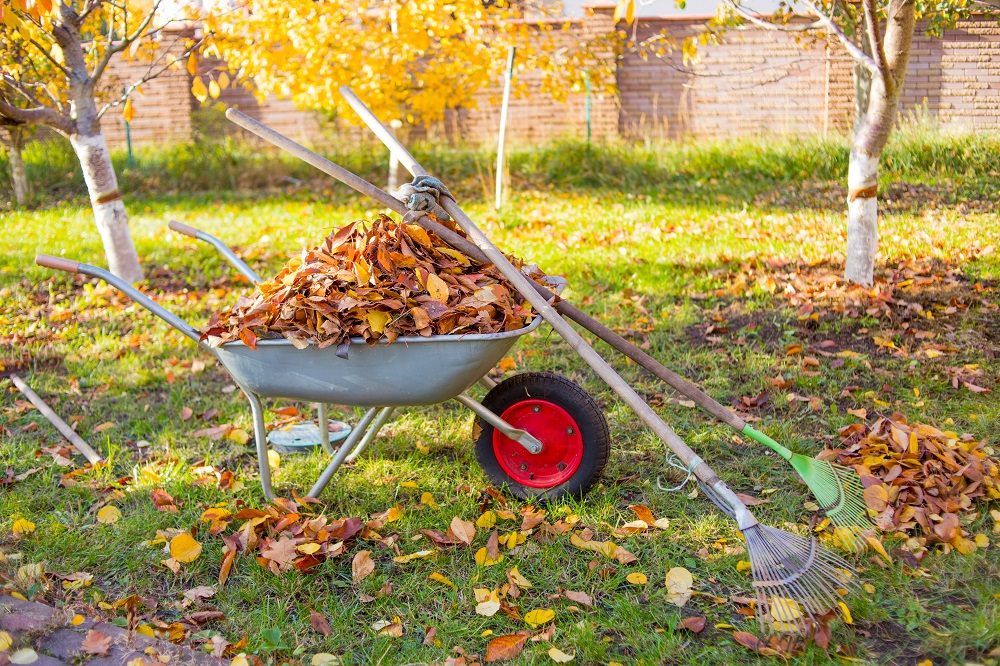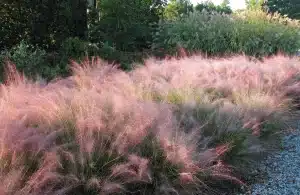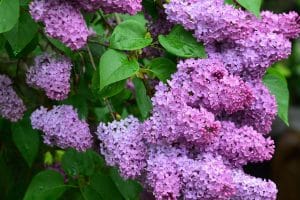Lawn care and maintenance goes beyond mowing, watering, and blowing off dead leaves. It involves caution and strategy to cultivate a healthy lawn lasting several seasons. It would be best to kickstart your lawn care at the right time to achieve this result. Let’s take you through some effective steps to prepare your lawn for winter and fall.
Six Practical Fall Lawn Care Tips
The most appealing lawns are products of adequate care and maintenance. Below are practical care tips to observe in the fall.
1. Remove Fallen Leaves
Fall is the time you see fallen leaves virtually everywhere you go. Shorter days in the season mean less sunlight for trees to make energy and stay solid and colorful. As a result, their health declines, and the leaves eventually fall off.
During this season, many fallen leaves litter your lawn over time. Removing all the leaves on your lawn is the first step to implement during fall. Don’t let leaves pile up because it will be harder to remove them and could harm the grass.
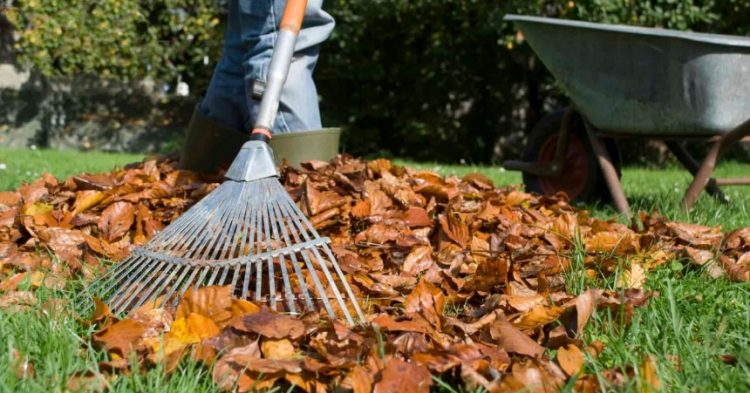
2. Reduce the Grass By Mowing
After removing the fallen leaves across your lawn, mowing is the next step to take.
Mowing also removes leaves, helping the grass to absorb the sunlight it needs before winter arrives. Be sure to adjust your mower cutting height to avoid scalping your lawn. Before you begin mowing, raise your lawn mower by ½ to 1 inch. Doing this will help you remove the normal amount of grass that’s enough for grass development.
Also, be sure the grass isn’t wet when you set out to mow.
3. Repair Bald Spots
If you notice bald spots around your lawn, fall is also an excellent time to repair them. All you need to tackle it is to get a repair mixture for the bald spot. You’ll find this ready-to-mix product at garden shops. They contain organic mulch, grass seed, and a quick-starter fertilizer.
To apply this mixture, get a garden rake to loosen the surface soil of each bald spot. After doing this, spread the mixture over the areas and water it. Ensure you water the areas regularly for at least two weeks to achieve the correct result.
4. Adjust Irrigation
You’re probably aware that it often rains in some regions during fall. As part of your fall lawn care, you must adjust your irrigation system if your area is prone to much rain. Changing your irrigation system is even more critical with automated irrigation systems. So, you must ensure your lawn soil gets a moderate water supply.
Adjusting irrigation will also help you save money on water costs for your lawn irrigation. Nevertheless, ensure you meet the water needs of areas with newly planted seeds.
5. Lay Sod
The best time to lay sod is in the fall. Whether you lay it in early or mid-fall, there’s enough time for the sod to root itself before winter arrives. Be sure to water the sod regularly to keep it moist for solid rooting.
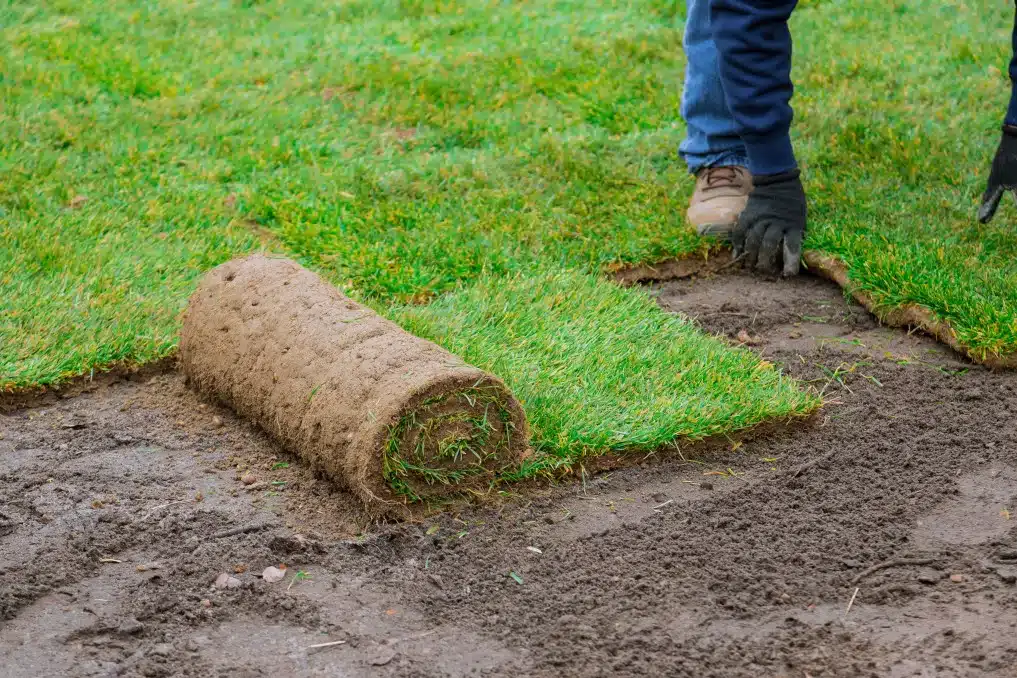
6. Remove Thatch
Thatch is a thick layer of organic matter that accumulates between growing grass and the soil. When too much thatch exists, water does not penetrate easily, affecting grass growth.
If the thatch is more than one-half inch, we recommend you remove excess thatch.
Fall Lawn Care Includes Preparing Your Lawn for Winter
Preparing your lawn for fall includes these three steps:
1. Aerate the Soil
Lawn aeration is an essential lawn care practice. This involves poking long tiny holes in the soil to create a channel that allows more nutrients, water, and air to enter the grassroots. The hollow tine is the best tool for aeration as its holes stay open longer than spike aerators.
Every soil suffers compression during summer. Lawn aeration helps the soil to recover from the harsh effects of summer.
You can get the best result from aeration if you aerate early in the fall season. Aerating early during fall provides the soil with a great recovery time in preparation for winter.
2. Apply Fertilizers
The next step is to apply fertilizers before your lawn grass blades begin discoloration. Fertilizing your lawn during fall allows the grass to store nutrients to strengthen its roots. This will also help the grass produce vibrant and healthy results during spring.
You should note that choosing and applying the right fertilizer is the secret to getting desirable results. So, the best fertilizer to use on your lawn during this period is one with a sufficient amount of nitrogen, phosphorus, and potassium. A fertilizer rich in the three nutrients will offer your lawn grass cold hardiness, solid rooting, and disease resistance.
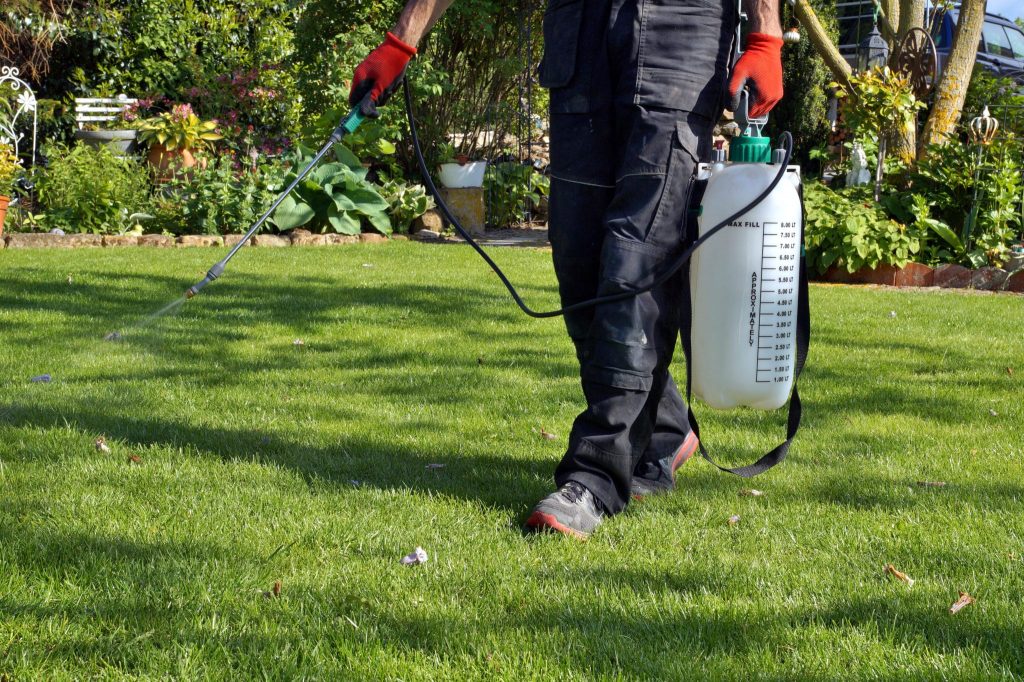
3. Control Weeds
Weed control is one of the best lawn care tip you should implement during fall. Like other plants, weeds actively absorb energy in fall. Consequently, these weedy plants become stronger, giving you enough reasons to control them during this period. You can remove annual and perennial weedy plants that may hamper grass growth on your lawn.
Dandelion, Creeping Charlie, Purslane, and Crabgrass are weedy plants you must remove from your lawn before winter arrives.
If you apply herbicide yourself, be sure to read the manufacturer’s instructions on the label first. Note that grass seeds and herbicides are not compatible, so avoid spraying herbicides around the repaired bald spots.
Oasis Landscapes Provides Excellent Lawn Care Services
Looking to hire a professional to provide landscape care for you? At Oasis Landscapes, we are happy to provide excellent lawn maintenance and other landscaping solutions.
Contact us today, and let’s discuss how we can help.

